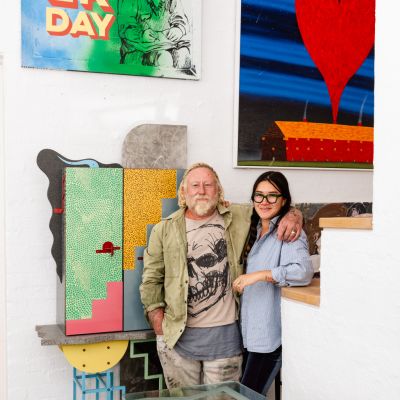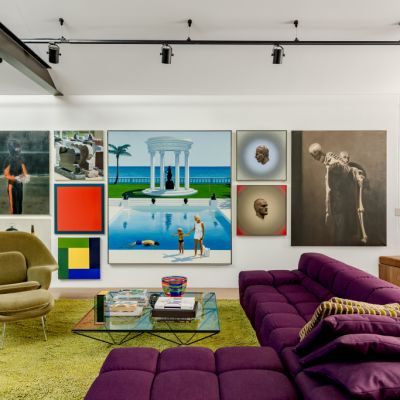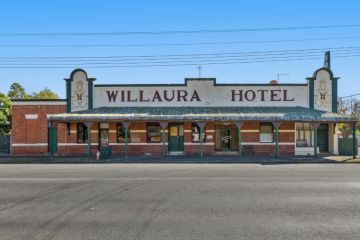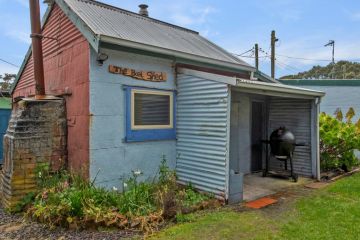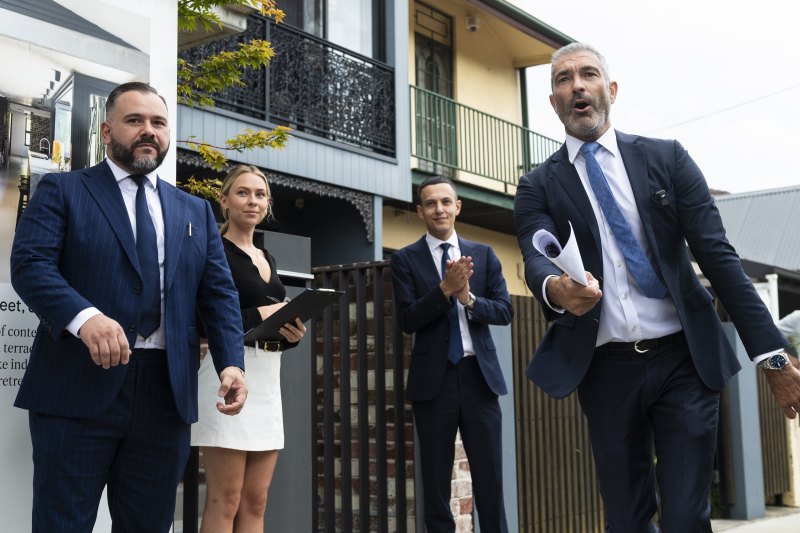Is David Bromley's art a good investment?
If you spotted Australian artist David Bromley on The Block, you might be wondering who he is, why he’s popular and what the value of his work is in today’s market.
If there’s anyone well-positioned to answer that question, it’s David Hulme at Banziger Hulme Fine Art Consultants – one of the most respected fine art consultancies in Australia.
Hulme has valued “many hundreds” of Bromley’s paintings nationwide. “People often have multiples – six, eight, 10 – people are not happy with just one David Bromley,” he says. “Bromley has a definite skill, being able to tap into the Australian psyche.”

Who is David Bromley and why do Aussies love him?
David Bromley began painting in the 1980s.
Over the decades, his style became distinctive – with bold lines and colours, layered and unique in his take on portraiture.
Now 65, the three-time Archibald finalist’s impact on the art world is lasting.
He lives with his wife, Yuge, in Daylesford and recently appeared on the 21st season of The Block, welcoming the Blockheads to his gallery.
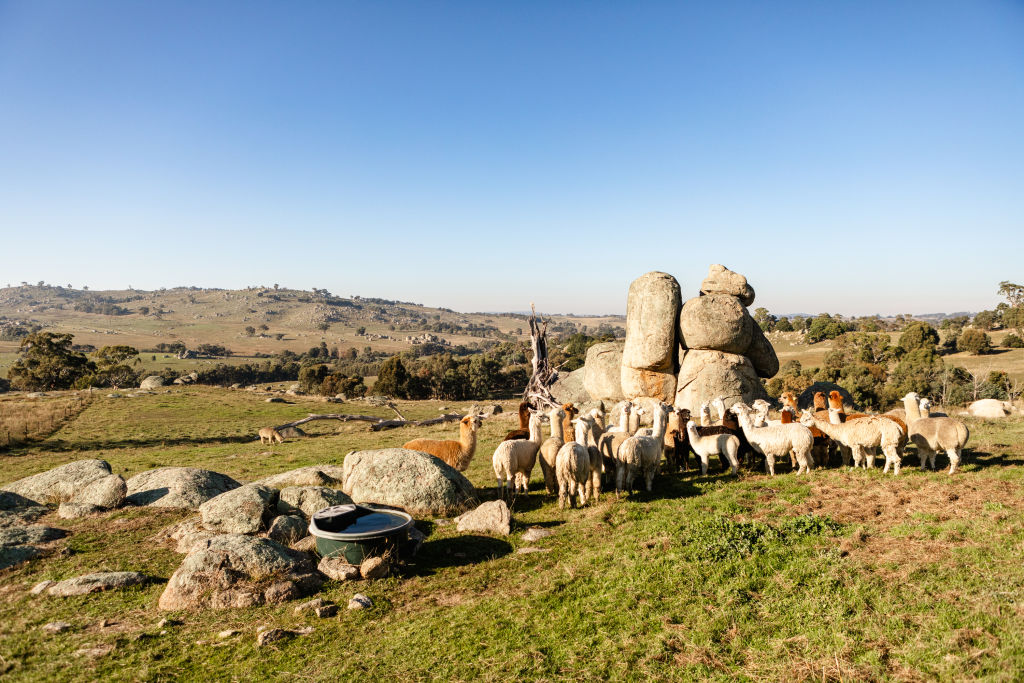
Hulme attributes his popularity, first and foremost, to the nostalgia throughout his body of work for those of his and Bromley’s generation born in the 1960s: “We read these books [like Famous Five] with these illustrative characters that we relate to.
“The other thing is, the most commercially saleable art is often paintings of nudes and paintings of flowers,” he says.
What historical sales data highlights about David Bromley’s work
Australian Art Sales Digest is a database of over 650,000 works of art – by over 50,000 artists – sold at auction, also known as the secondary market.
“The primary market is what the gallery or the artist would sell his work for. The secondary market is how that artist sold a second time through the auction room. That is a great dictator of the value of an artwork after its first sale,” Hulme says.
The average Australian auction price for a David Bromley artwork peaked in 2007 at $9900; in 2024, it was $3122.
While the drop is clear, Hulme says dollar value isn’t the only indicator of success for an artist – he challenges the popular notion that Bromley, with his industrial-style of production, has reduced the scarcity (and value) of individual pieces.
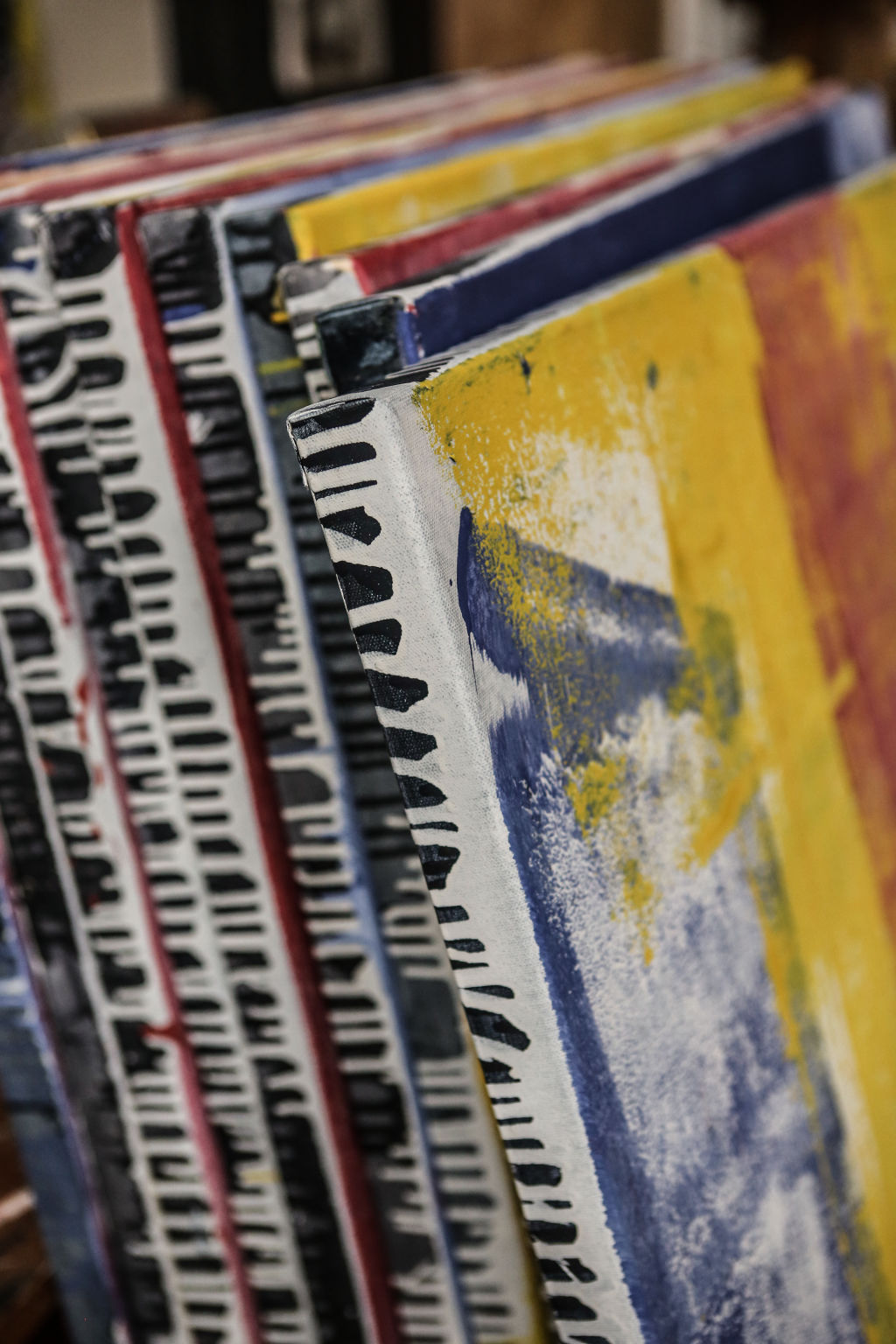
‘He’s created his own destiny’: Demand as a hallmark of success
David Bromley uses the “factory production method”: a process where staff are employed to make paintings and prints.
“The artist oversees that printmaking process: they only have to really sign it, number it and date it, so that’s one way of producing more for the market,” Hulme explains.
“But a lot of people just want ‘original’ artworks produced by the artist … something which is produced, by hand, with paint or watercolour.”
Critics are often quick to label David Bromley as overly commercial; Hulme prefers to see it as a hallmark of success, referring to household names like Andy Warhol and Pablo Picasso who used similar methods.
“You’ve only got so much of your own time, so how do you leverage that? You produce multiples, which are relatively easy to produce and can be done in collaboration with an expert printmaker.”
Hulme describes Bromley as a very talented artist as well as a brilliant marketer: “That in itself leads to a need for a production process that far outstrips what you can physically do yourself … I think he’s created his own destiny in that regard.”
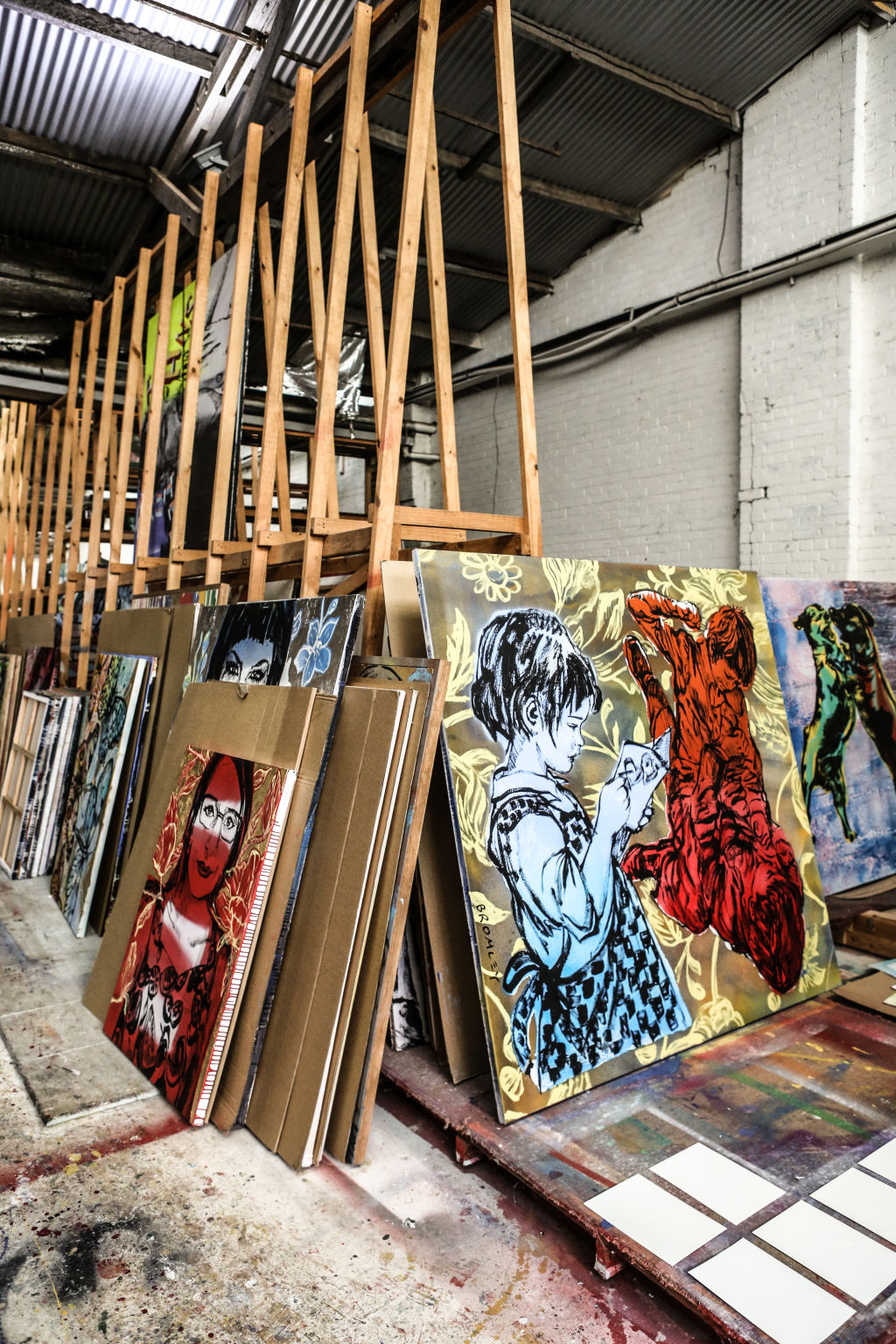
Bromley’s a great marketer and artist, but does this translate to investment potential?
“You have [artists] who are incredible marketers, but whether that makes them a great investment long-term is really very, very difficult to judge,” Hulme says.
Sometimes, marketing skills can lead to global demand for an artist’s work, which results in a “never-ending amount of buyers.” In most cases, however, something else can happen.
“In a limited market, there’s still a possibility that you might flood the market with your work, and the prices go down rather than up, certainly in the short-term,” he says.
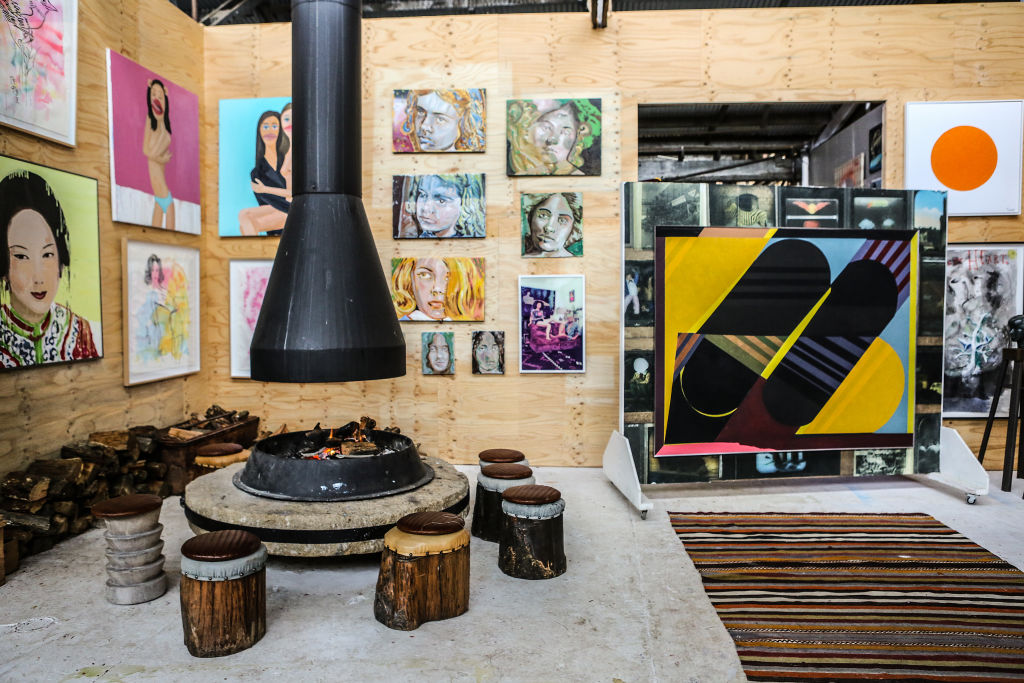
Hulme goes so far as to call investment a “moot point” when it comes to growing art collections. Countless market factors influence a work’s value: is the artist important to Australian art history? Is the work of museum quality? Are museums collecting the work?
“It’s about buying the right thing, buying it in the right place, and that’s where independent art advice comes in.
“Sometimes we’re going out and buying paintings for a million dollars, so we’re certainly not advising that it’s a great investment. We’re trying to make sure that we buy well as an overall strategy. We can’t know, a lot of the time, what art is going to go up and what’s going to go down.
“You might be better off sticking with property, which is probably, in many ways, a safer investment,” he quips.
We recommend
We thought you might like
States
Capital Cities
Capital Cities - Rentals
Popular Areas
Allhomes
More
- © 2025, CoStar Group Inc.
